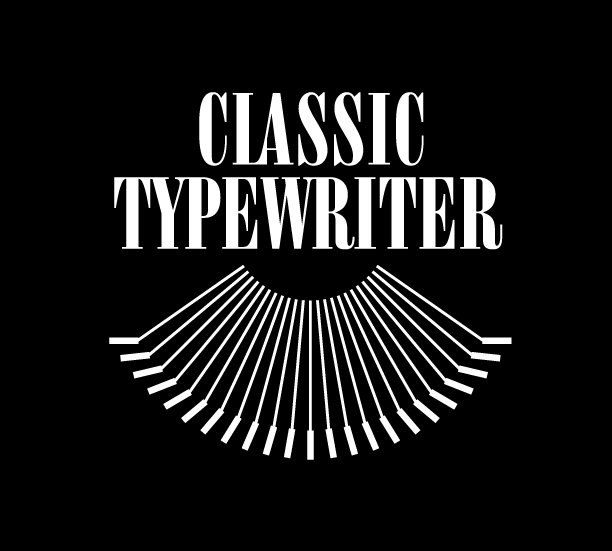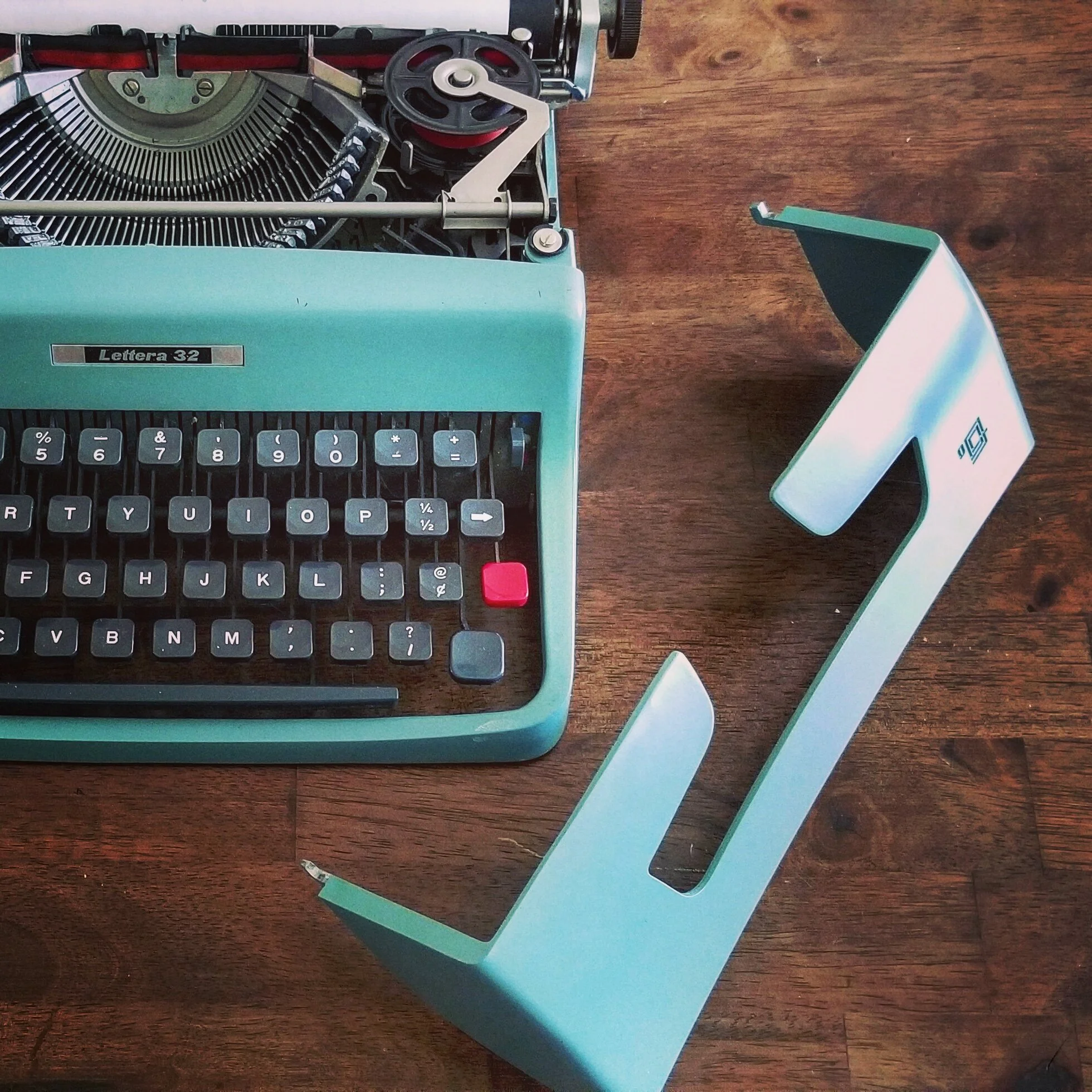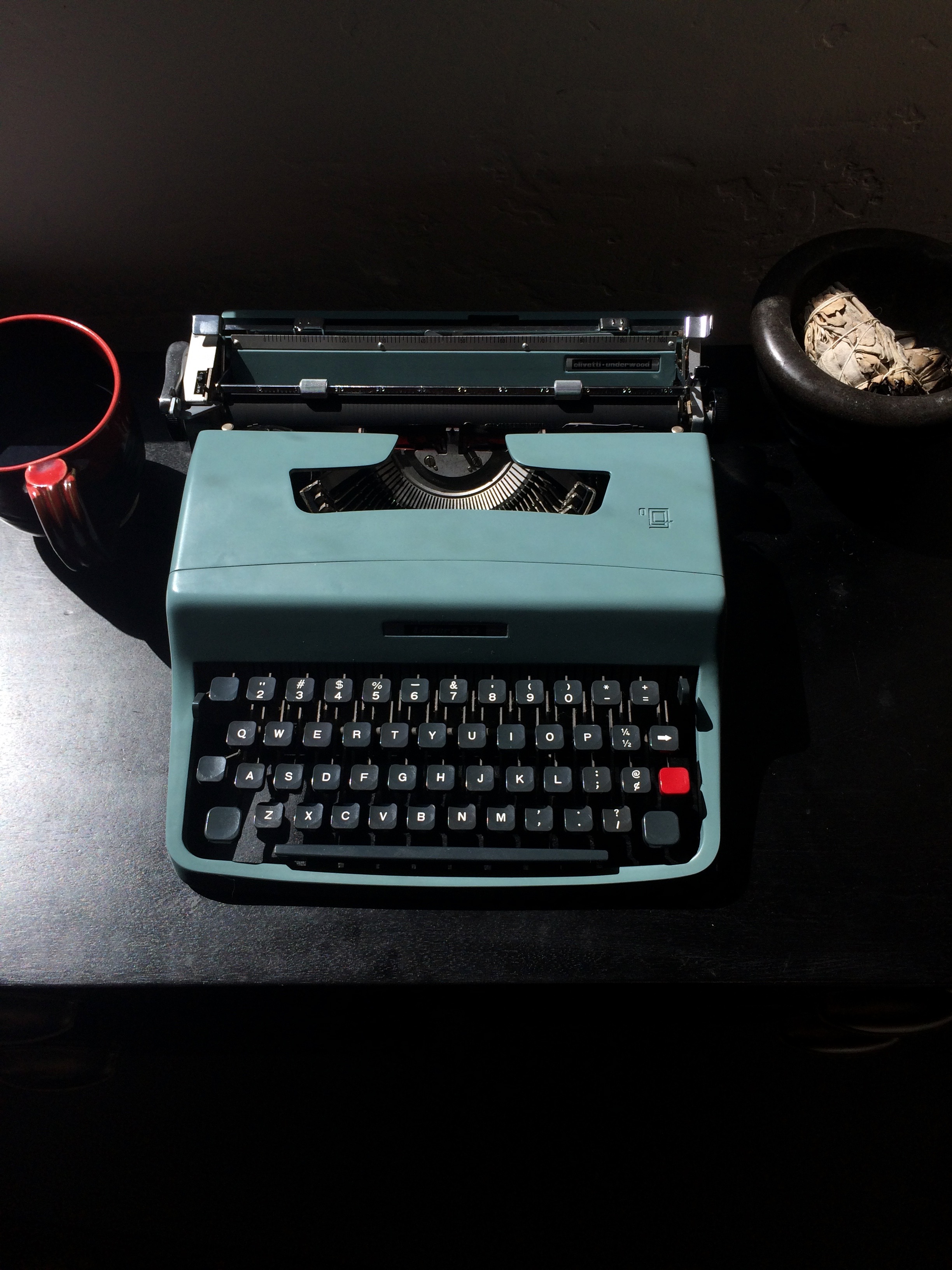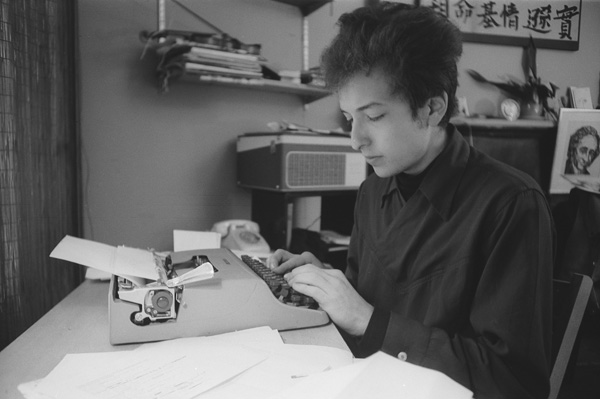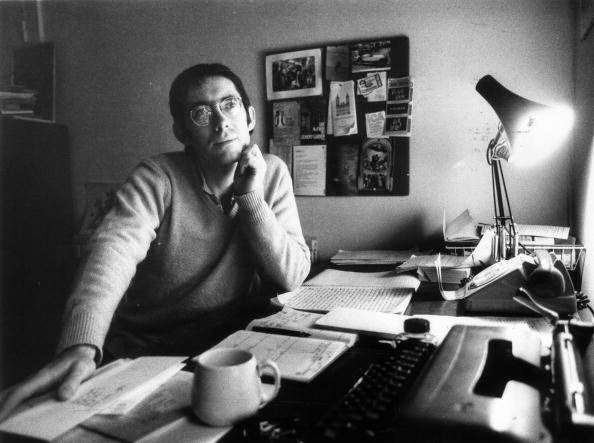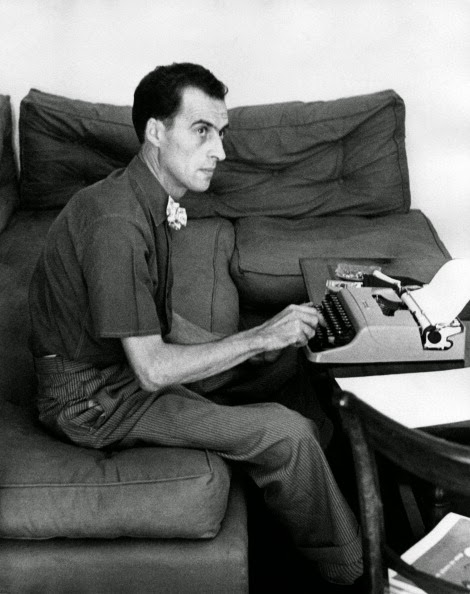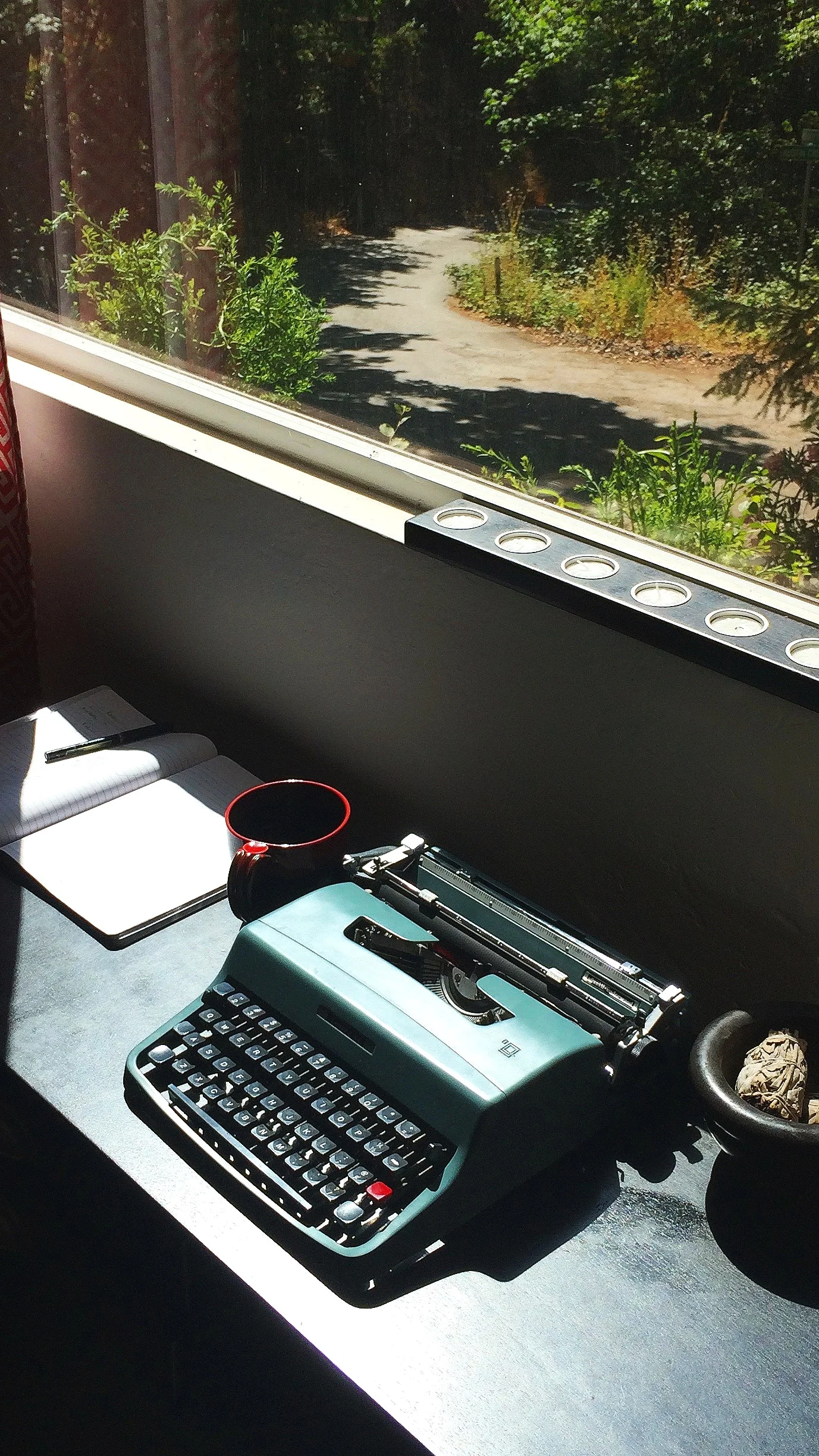Olivetti - Underwood Lettera 32
A Timeless Work of Art (that also writes)
There are a few points in history where form meets function so deliberately that a work of art is born in the union.
The Lettera 22 was designed by Marcello Nizzoli in 1950, and was an immediate sensation. It was awarded the Compasso d'oro prize in 1954. In 1959 the Illinois Institute of Technology chose the Lettera 22 as the best design product of the last 100 years. A specimen can be found in the Museum of Modern Art in New York City.
Marcello Nizzoli followed up the wildly successful Lettera 22 design with the Lettera 32 thirteen years later. Though things got a little more square and less organic, something beautiful happened; one of history’s iconic typewriters was born. It’s been the machine chosen by countless writers throughout the century, including some of the most iconic creators of our times; Thomas Pynchon, Bob Dylan, Leonard Cohen.
McCarthy’s Machine
“Cormac McCarthy used an Olivetti Lettera 32 to write nearly all of his fiction, screenplays, and correspondence, totaling by his estimate more than 5 million words. The Lettera 32 that he purchased in 1963 was auctioned at Christie's on December 4, 2009, to an unidentified American collector for $254,500, more than 10 times its high estimate of $20,000.”
I love the wear to his machine at the edges.
Due to its relatively small footprint and relatively light weight (by vintage typewriter standards), it straddles the line between portable and ultra portable. It is not as durable as some of the other beauties on this site, but what it lacks in weight it gains in grace.
I list the 22 and the 32 together, because they really are so similar. While the 32 is a better machine, in my opinion, some consider the 22 to be more beautiful.
Either way, you're getting a writing tool that will outlive every masterpiece you pen, as long as you treat it right.
I have a Lettera 32 on my desk now, which I include in some of the pictures on this site.
You can really fly on these machines if they're well adjusted. There is something delicate, almost magical in the touch. Very little effort is required to move the hammers. Perhaps this why this is a favorite model of my 11-year old daughter.
Summary: One of history’s most beautiful writing machines. The height of practicality; poised for speed, and relatively lightweight for a portable from this era, while still maintaining the typical ‘bulletproof’ casing. Comes in a pleasant, timeless blue (in contrast so some of the dated greens and beiges of the era. These were made in a few countries. The ones from Italy generally have a smooth finish, and the ones from Spain or Canada have a slightly textured finish.
Generally, the cases have not withstood the test of time. Usually the zippers have been destroyed. So the case is not ideal for carrying these machines ‘into the field.’ If you are traveling frequently, we can provide a hardshell case that fits.
Due to their tight engineering, these machines may be more susceptible to dust than some others, so should be covered when not used for long durations. If too much dust gathers, some letters stick. This does not do any permanent damage, we just wanted to let you know. A simple solution is to blow the dust out with air.
Try to set this on your writing space and not write… we dare you.
Features:
Precision cast aluminum carriage return lever folds for travel
2 color function while using duo-tone ribbons
Auto Tab Features (set and release tabs with the push of a button)
Auto-Ribbon Reverse when it reaches the end of the ribbon.
Durable metal shell and construction
Touch-sensitive key mechanisms
Locking ribbon spools
Quiet bell to signify the end of the line
Carriage lock for travel
